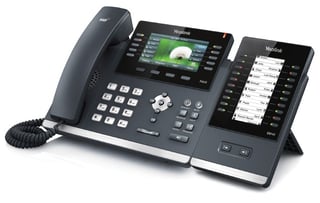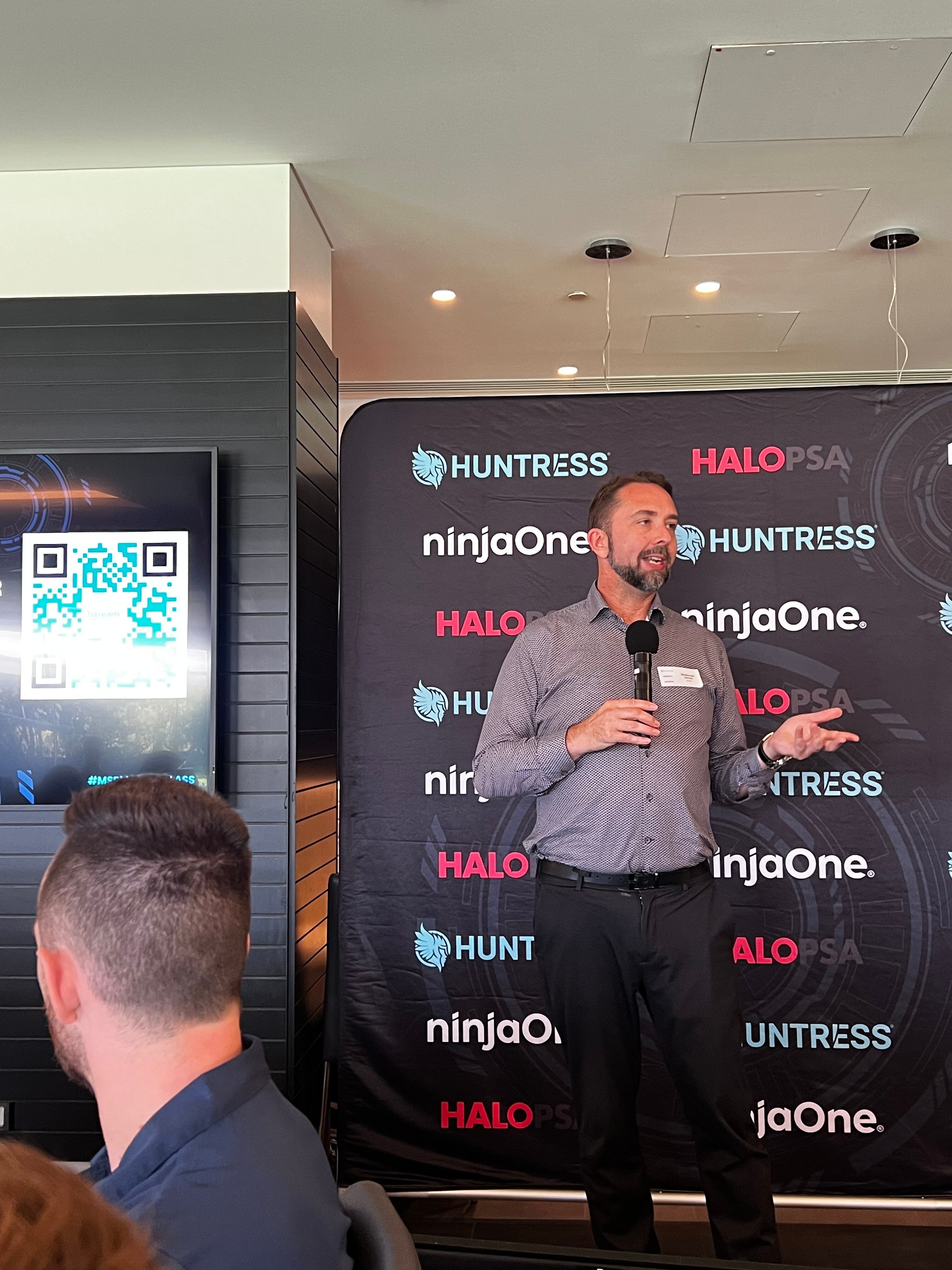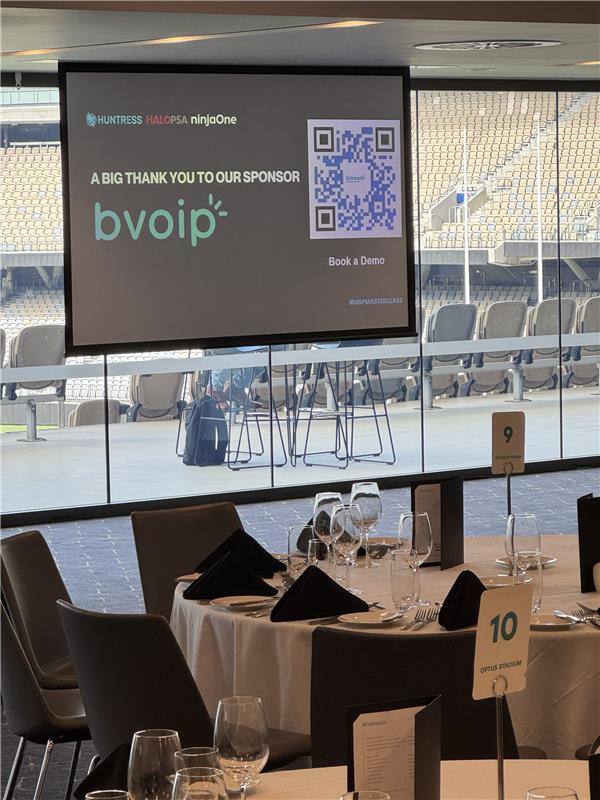I have a partner very recently run into their very first Cloud PBX project ever and I’m sure we have all been there where the  customer waited until the last minute and it was a rush job. In this case, the end customer had 8 days to invoke and opt-out on their copper phone line renewal for another 3 years. I think 8 days to propose, purchase, configure, ship, install on your first project is a bit tight! Being in the customer service business, my partner jumped through hoops to get the job done. Ok end of the story! Not really…
customer waited until the last minute and it was a rush job. In this case, the end customer had 8 days to invoke and opt-out on their copper phone line renewal for another 3 years. I think 8 days to propose, purchase, configure, ship, install on your first project is a bit tight! Being in the customer service business, my partner jumped through hoops to get the job done. Ok end of the story! Not really…
Then the issues started coming down stream. The customer was learning a new system and ultimately was unhappy with the processes that they had to go through the new phones vs the old phones for things like hold, transfer, conference, park, etc. This became such a point of frustration that after 2 weeks of man hours (yes 2 weeks, yikes!) the customer was about to jump off the bridge. What went wrong? Well, it really all boiled down to the model of phone that was installed was the source of pain in the end…Why? Let’s go through some things.
Soft Keys:
On smaller lesser expensive phones, the buttons that would otherwise be present physically are presented as soft keys on the screen of a phone. What is a soft key? It’s a multi-purpose key that changes function based on circumstances (see image below). For someone who is looking for the hold button, transfer button, redial button, etc there is sometimes a real challenge adjusting to soft keys.
BLF Keys:
There are the keys that show you who is on the phone or not, what line is ringing, etc. This is a feature that has been around for a very long time across multiple systems but also one that sometimes gets overlooked on newer phones. It is important to make sure the phones that you install mimic the customer’s expectation of how information on what is going on with other people in the office as compared to the last system. Cost does play a factor in phones with BLF keys and how many an if a side console is needed or not.
Head Sets:
Not all newer IP phones play well with older headsets. Make sure you do the homework to determine if an adapter is needed to use the older RJ11 cable that older headsets use. Also, many folks are really keen on Bluetooth headsets and many newer IP phones have built-in Bluetooth which is really nice since you can choose whatever Bluetooth headset you want and they will be wireless. Make sure to double check with your customer because if you go with the wrong model phone down the line you may need to invest in expensive headsets or even replacing the phone itself to meet your customer’s requirements.
Display Size:
Again this is a pricing conversation. Make sure that your LCD size is large enough that the customer can get things like full caller ID name and number. It might be a nominal difference but the lesser expensive phones that have less screen to play with start to truncate data which can lead to some unhappiness.
PoE vs Power Brick:
This may sound like such a simple conversation but if the old phone system was analog and only had 1 cable coming to the phone and now you require a power brick and there isn’t an outlet available you would need power strip right? Little details like this popping up can burn time on your end and make things uncomfortable from your customer’s perspective thinking that you should be providing that when it wasn’t something you expected to deliver.
Gigabit Pass Through Port
This often gets overlooked but don’t cheap out and install a phone with a 10/100 port rather than a 10/100/1000 port. Yes, they still sell phones without gigabit and if you don’t pay attention that could slow down the customer’s LAN traffic especially if they are daisy chaining computers through desk phone pass through ports if they don’t have more than one network drop per desk.
Brand
We are very fortunate to support multiple manufactures unlike other offerings out there. Sometimes the customer has really been sold on a brand name like Cisco or Polycom for example. If that is enough to help you close a deal, then sell them what they want. Even if it’s just spending money to spend money give the customer what they want right?
Final Thoughts:
I would highly encourage you that when you are doing the initial site surveys before you propose something to your customer that you take a look at what they are actually using now and how they work with the current desk phones. You can really avoid a LOT of pain if you get ahead of a potential complaint and look like a rock star if you put the right devices in from the get go.























